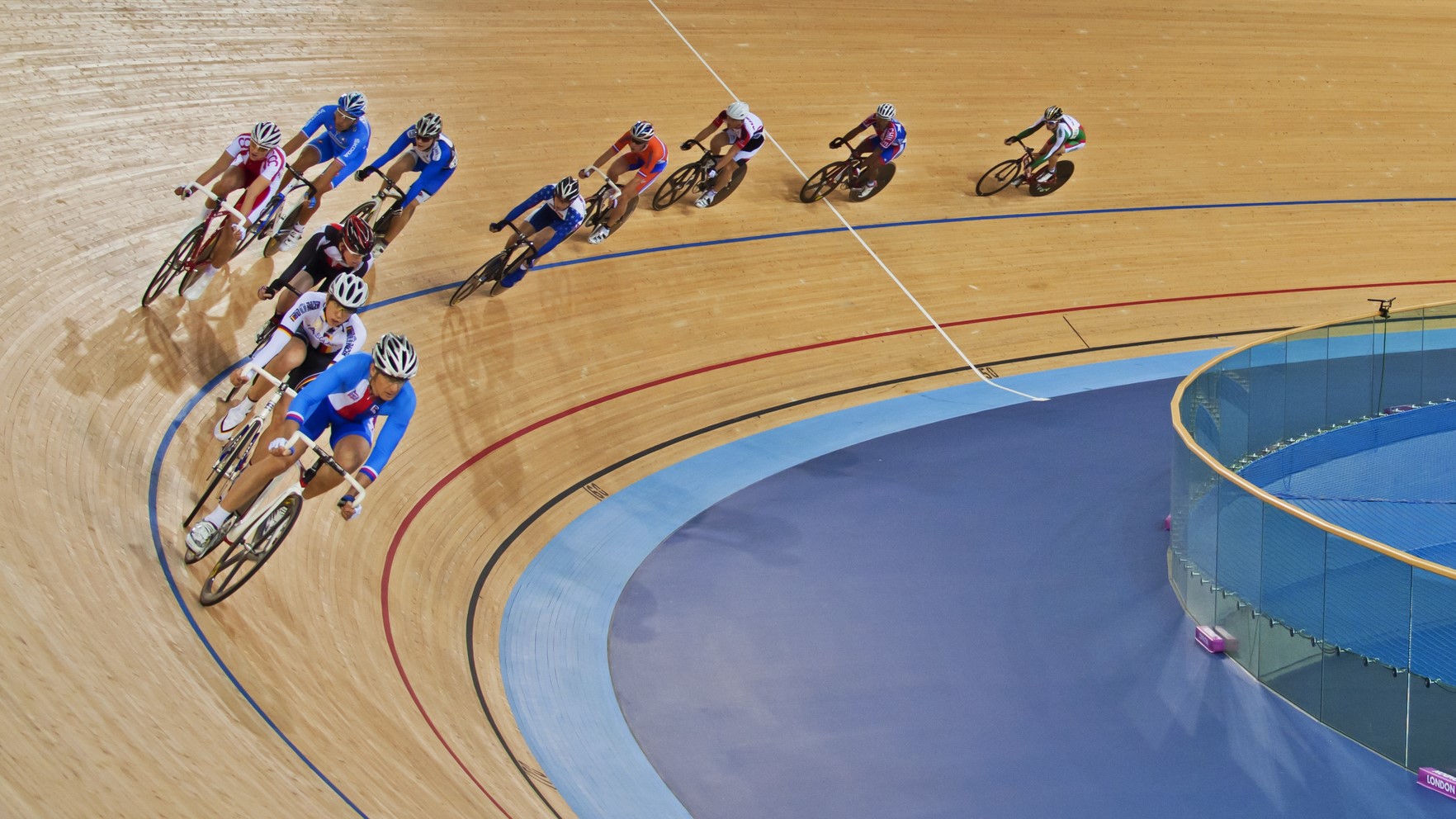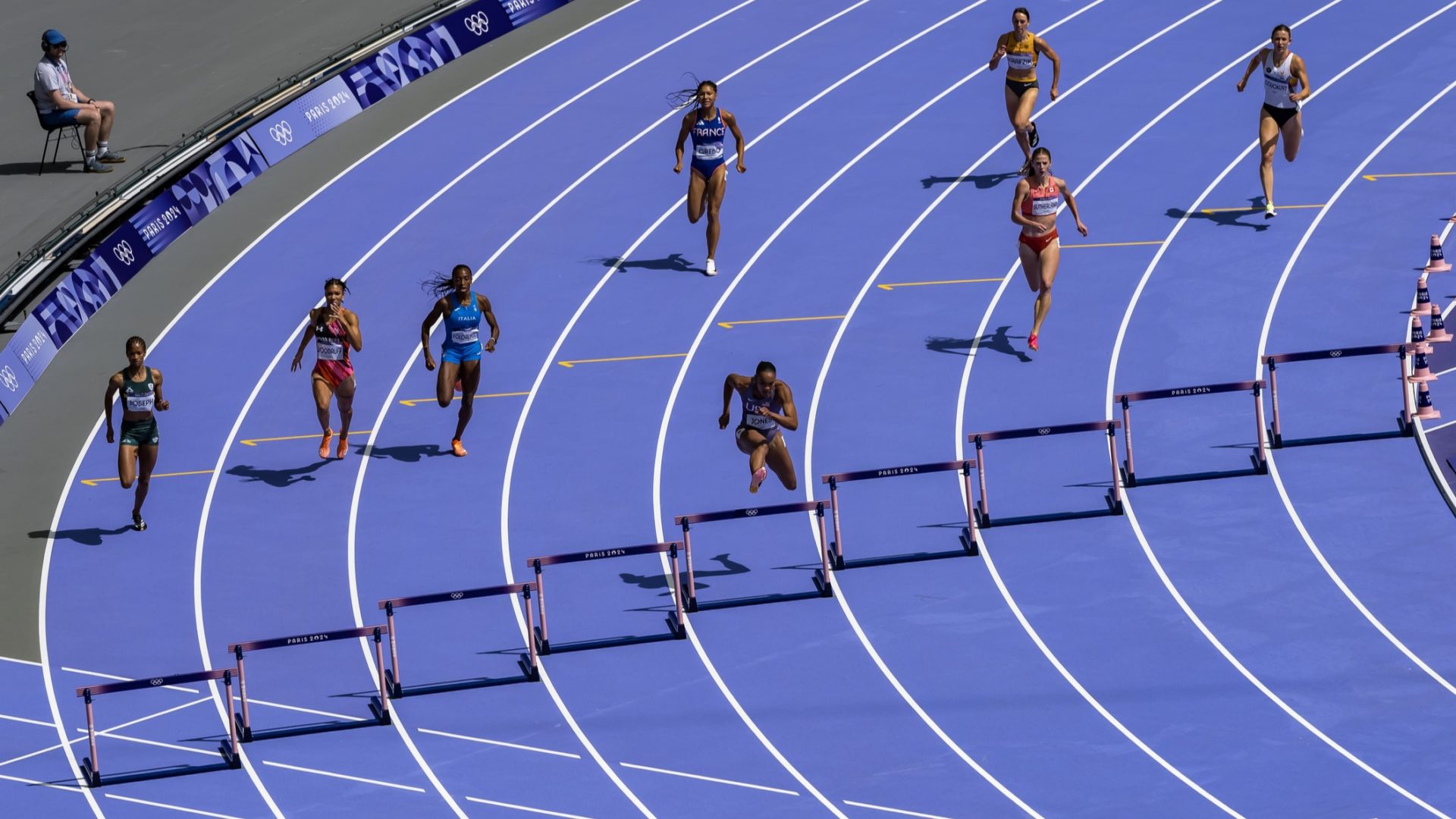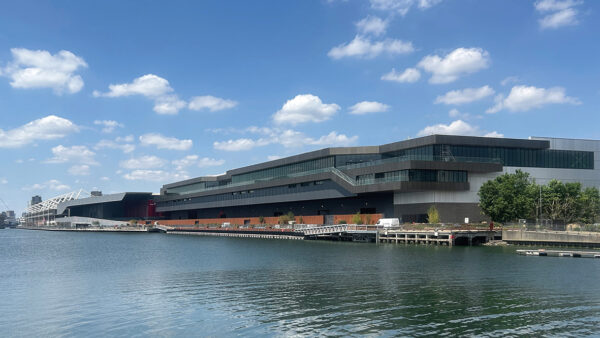
New sports venues should be constructed with greater environmental transparency in the supply chain and more consideration given to use of hybrid, temporary or portable structures, according to a new report.
The study, Engineering better sports venues: Designing for athletes, spectators and the environment, explores how sports venues can reduce carbon emissions, improve the experience for athletes and spectators, and be accessible to all.
The report has been produced by the Institution of Mechanical Engineers (iMechE), with input from the Football Supporters’ Association.
iMechE warned that, “as sport grows in popularity, so does its environmental footprint. Mega sporting events captivate global audiences, accelerating the demand for largescale venues. This growth comes with a significant environmental cost, with the global sports industry contributing an estimated 350 million tonnes of carbon emissions annually – approximately 1% of global carbon emissions.”
The report’s six recommendations
- Cutting emissions. Sports venues should aim to cut emissions across the entire supply chain, from construction to operations. The report highlights the leadership role of large venues in helping smaller clubs and grassroots organisations adopt decarbonisation strategies. It calls for incentives for public and active transport to sporting events, to reduce the carbon impact of getting to and from venues.
- Flexibility. The report calls for greater use of hybrid, temporary, or portable venues to reduce sport’s environmental footprint. Retrofits of existing venues should look to increase usage, making investments more sustainable and cost-effective.
- Inclusive design. A consistent framework for inclusive sports venue design. The report urges collaboration between architects, engineers and disabled communities to create spaces that are truly accessible for everyone.
- Thermal comfort. Sports venues should rethink thermal comfort, ensuring they cater to the needs of spectators and athletes of different ages and abilities. Smart tech like sensors and AI can optimise comfort for athletes and fans alike.
- Transparency. The report pushes for governments and sports organisations to implement more stringent requirements and greater transparency on the environmental impact of sports venues, with public reporting of their emissions and energy performance.
- Funding. Research and development can support the sports industry to achieve sustainability and accessibility goals. Further targeted funding of research into sustainable and inclusive technologies for sports venue design is necessary.
The report highlights several examples of engineering and design excellence at sports venues.
2024 Olympic and Paralympic Stadium, Paris

The purple athletics track at the Stade de France was designed by a team of scientists and engineers, in collaboration with athletes, to boost athlete performance and reduce environmental impact. The elliptical profile air cells in the lower layer provide shock absorption, energy storage and energy return. The top layer is compressed when an athlete’s foot hits it, absorbing the impact and converting the stored energy into forward momentum, minimising impact and vibration.
Paralympians benefit from the uniform grip, surface hardness and elastic properties needed for wheelchairs and prosthetics.
2012 Olympic and Paralympic Velodrome, London
Redesigning the roof from conventional designs saved about 1,000 tonnes of structural steelwork and £1.5m at the London Olympics velodrome, constructed by the now defunct ISG. Typically, cable net roofs require a ring beam against which the cables are tensioned, much like a tennis racket. By designing this out to ensure the bowl structure took the load, the roof weighed roughly half of other covered velodromes, at 30kg per square metre.
Alongside the light roof, the design also meant foundation sizes could be smaller, using less concrete and reducing the venue’s carbon footprint.
Tom Greatrex, chair of the Football Supporters’ Association, said: “The role that supporters play in providing and enhancing the atmosphere is integral to the spectacle of top-class sport. ‘Football without fans is nothing’ is a frequently heard statement, but fans deserve to be a key consideration in the design of stadia, not just for their own safety and comfort, but also to ensure the acoustics and atmosphere are not compromised by stadia design.
“We very much hope those embarking upon new and refurbished stadia projects take heed of the findings of this study.”
Ruth Shilston, iMechE fellow and co-author of the report, said: “As engineers, we’re passionate about bringing our creativity and expertise to create better outcomes. With the climate emergency arguably one of the most pertinent challenges of our time, impacting spectators and athletes globally, we have a fundamental role to play in the creation of sporting venues which are inclusive, sustainable, and resilient to a changing climate.”











